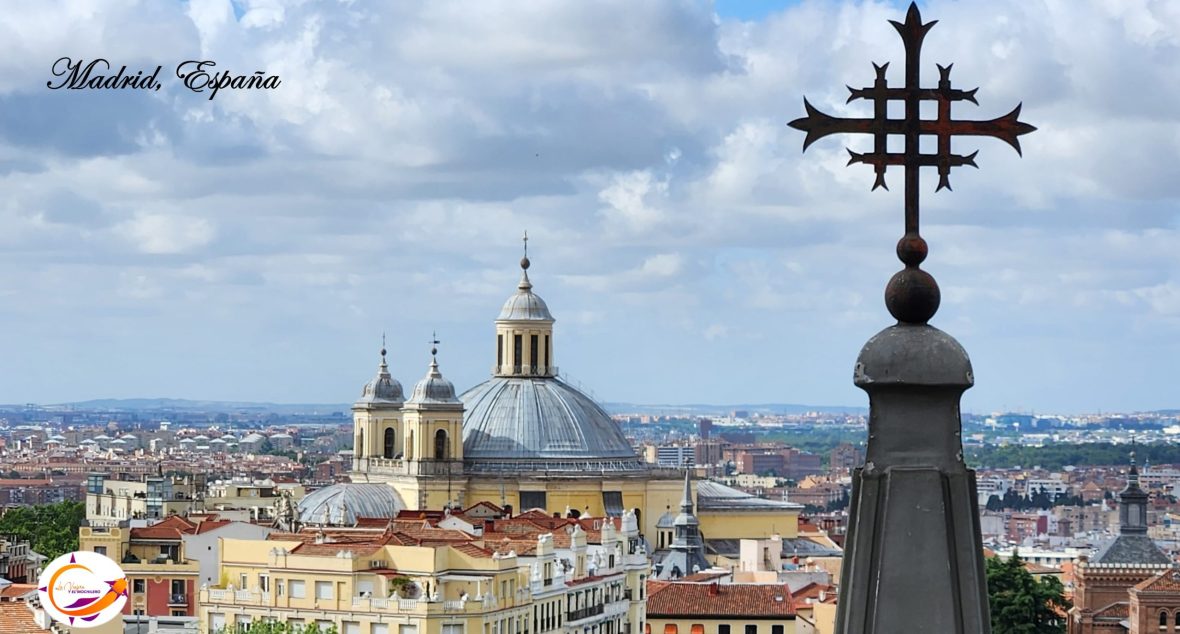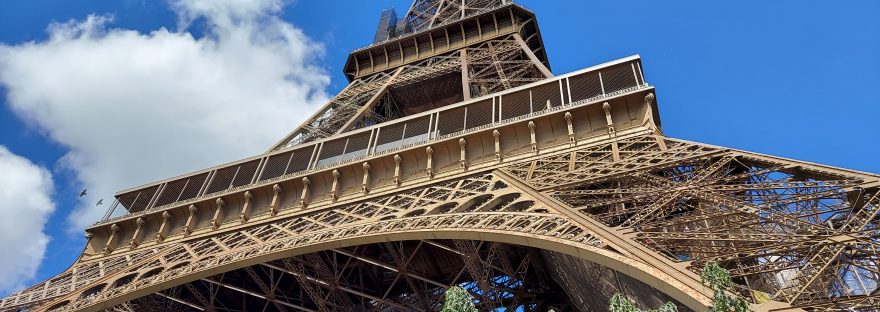There is no symbol that better identifies Paris than its Eiffel Tower and there are many of us who have known it since we were kids through books, cartoons or movies. So it becomes the structure that one day we all wish to know, see and touch in person.
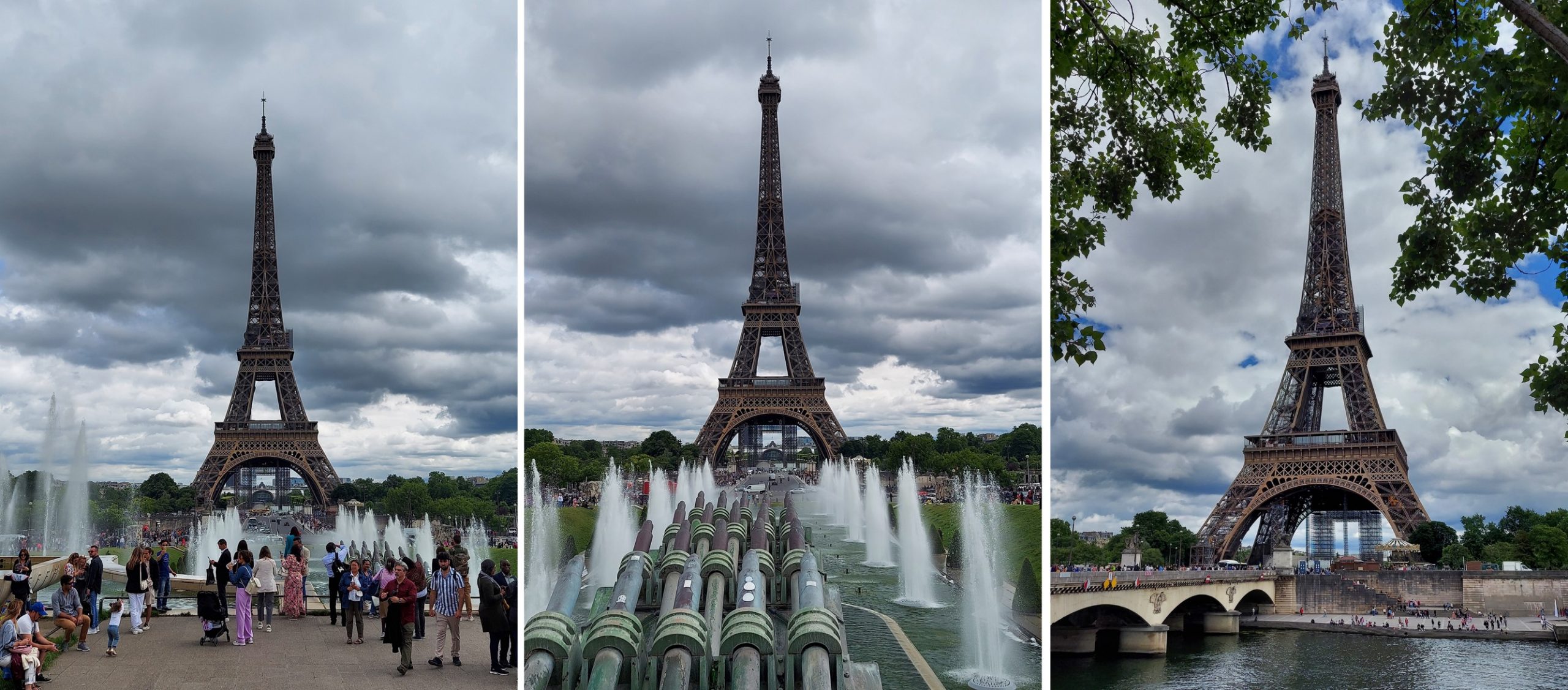
From the moment we started our journey, the Eiffel Tower was looming on our way, as if telling us, follow me, I’ll be waiting for you here. We reached it, little by little, and each time it got closer and closer. This tower was the tallest structure in the world for 41 years and is the tallest structure in Paris. It has a current height of 330 meters, thanks to the replacement of the radio antenna on March 15, 2022, increasing its height by six meters.
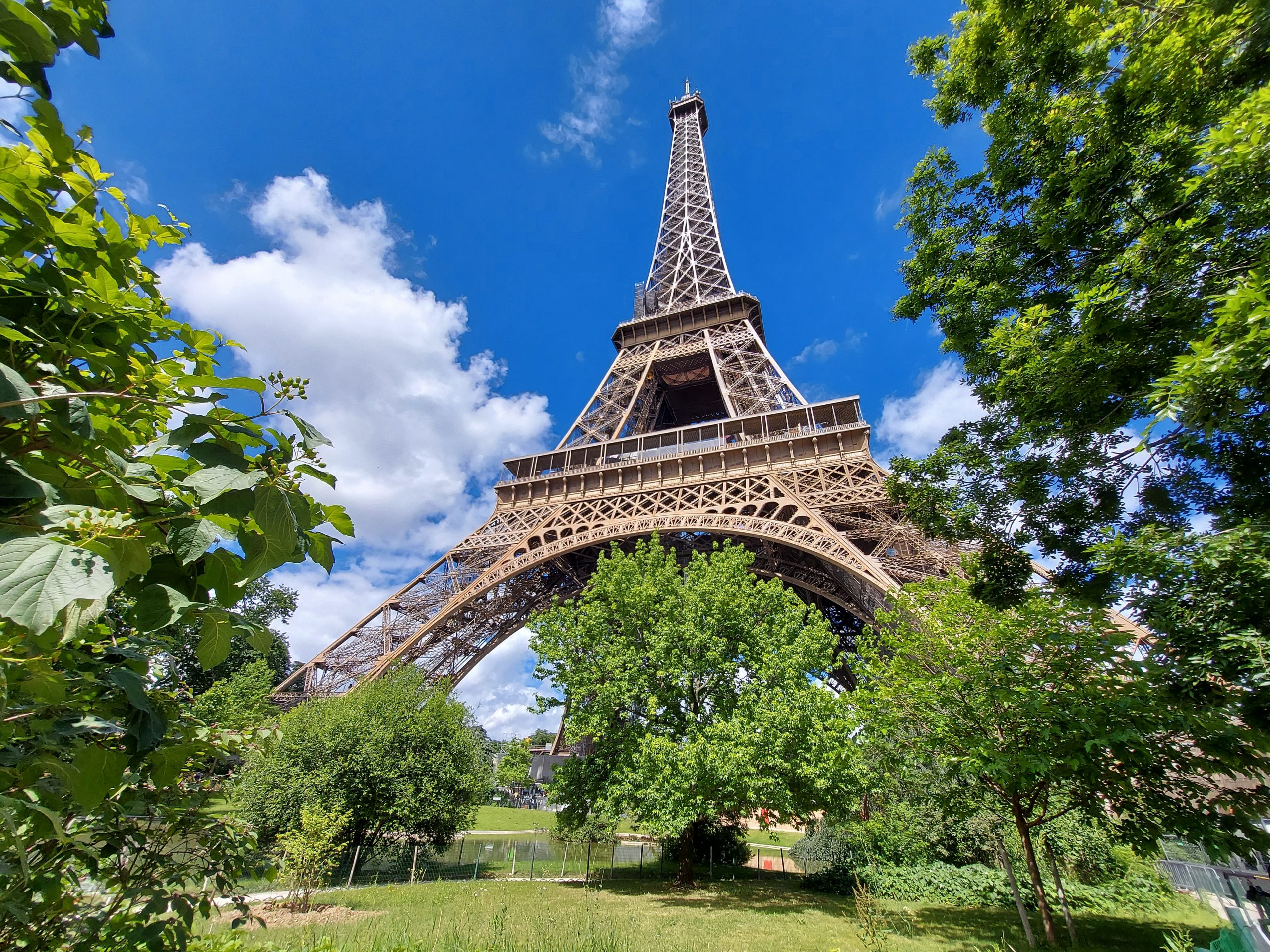
The Eiffel Tower is a structure of puddled iron, an ancient metallurgical process used to refine iron casting, developed at the end of the 18th century in Great Britain. The puddled iron or wrought iron of this structure weighs 7,300 tons, and with the addition of elevators, tents and antennas, raises the total weight of the construction to approximately 10,100 tons.
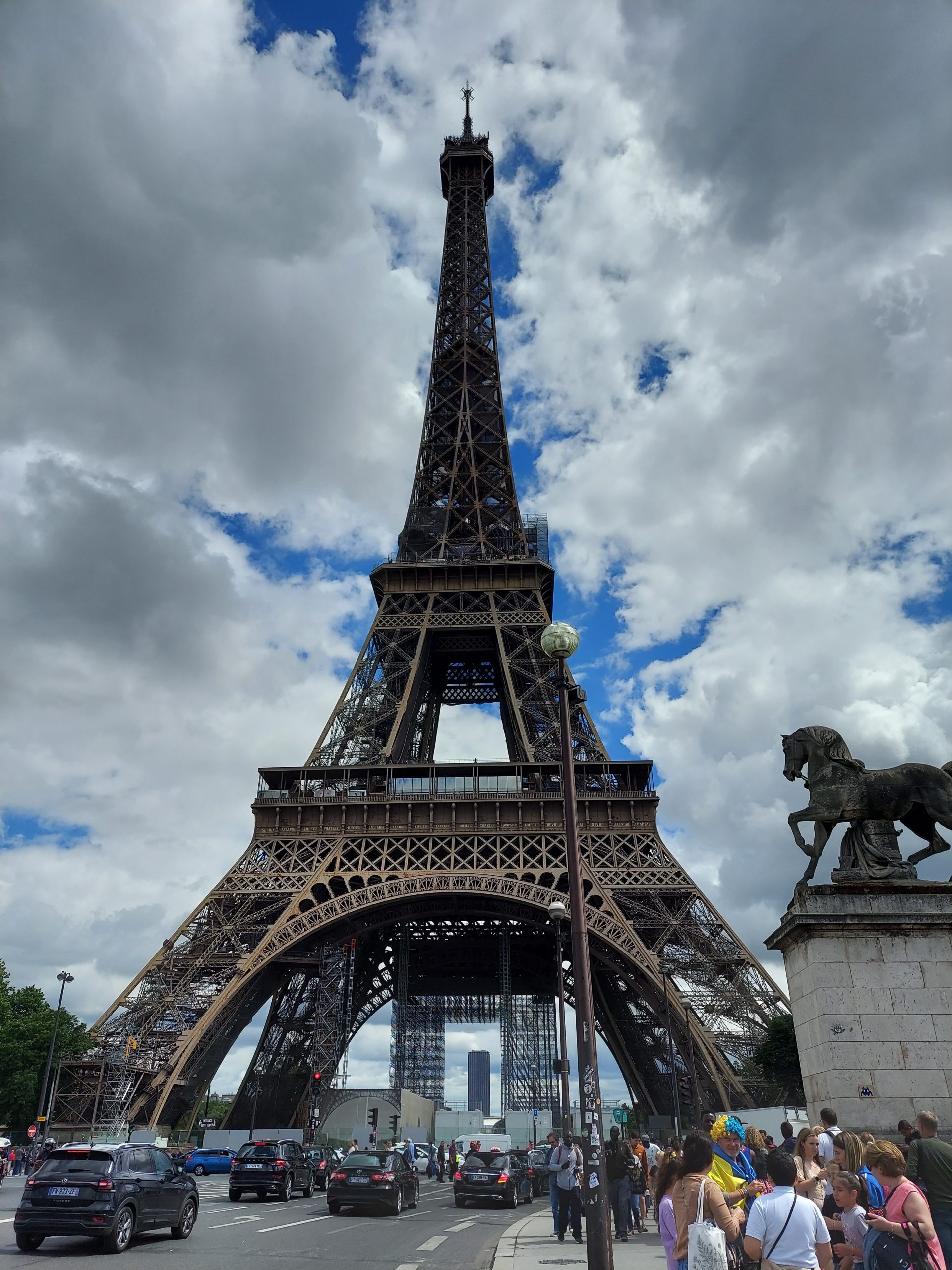
With its configuration reminiscent of a capital letter “A,” its design was the opposite of a traditional solid building. The tower was initially designed by civil engineers Maurice Koechlin and Émile Nouguier and built, after Stephen Sauvestre’s aesthetic redesign, by French civil engineer Alexandre Gustave Eiffel and his collaborators for the 1889 “Exposition Universelle” or World’s Fair in Paris.
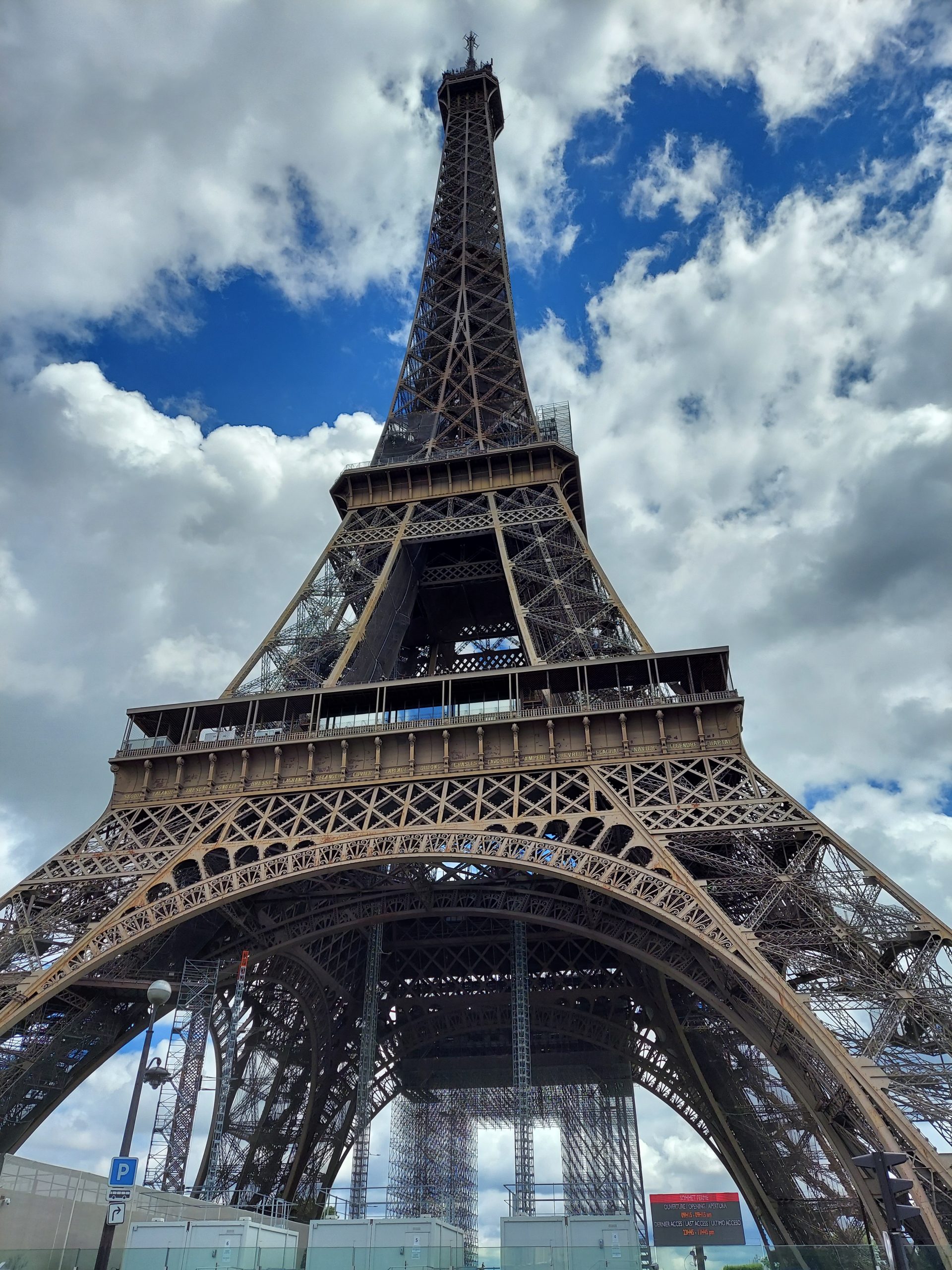
Its construction lasted two years, two months and five days and 250 persons worked on it. At the time it generated some controversy among the artists of the time, who saw it as an iron monster. After finishing its function as part of the Universal Exhibitions of 1889 and 1900, it was used in tests by the French army with communication antennas, and today it serves, in addition to being a tourist attraction, as a radio and television transmitting vehicle.
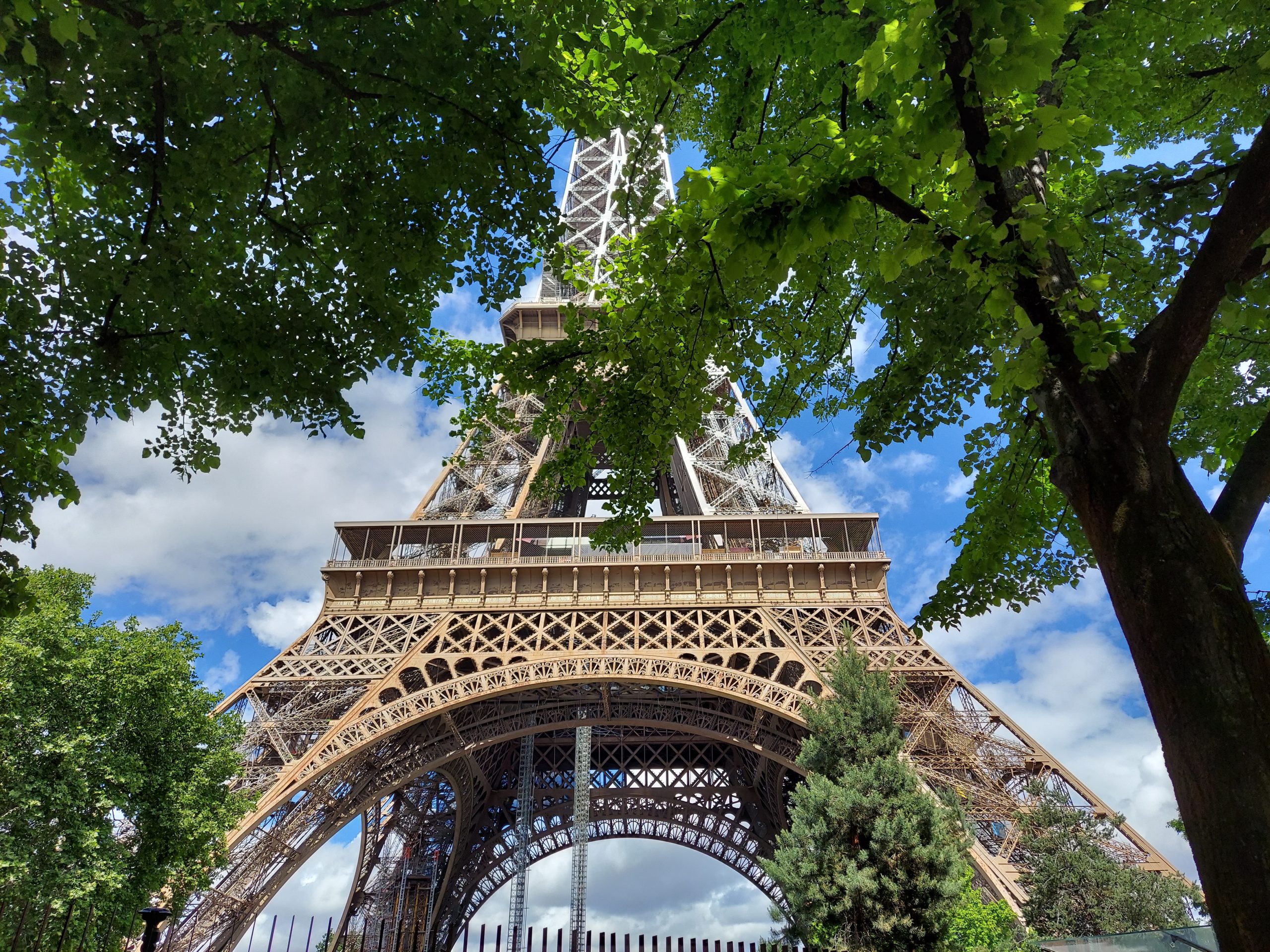
Many were surprised by the daring way in which the tower was built. And even Eiffel was accused of trying to create an artistic element without taking engineering principles into account. However, Eiffel and his team, who were experienced bridge builders, took into consideration the importance of wind forces very much into account, and they knew that if they were going to build the tallest structure in the world, they had to be sure it could withstand it. So they did, and time has reaffirmed the wisdom of all the engineering that went into the construction of the tower. In fact, the Eiffel Tower has an oscillation of up to 9 centimeters due to the effect of the wind.
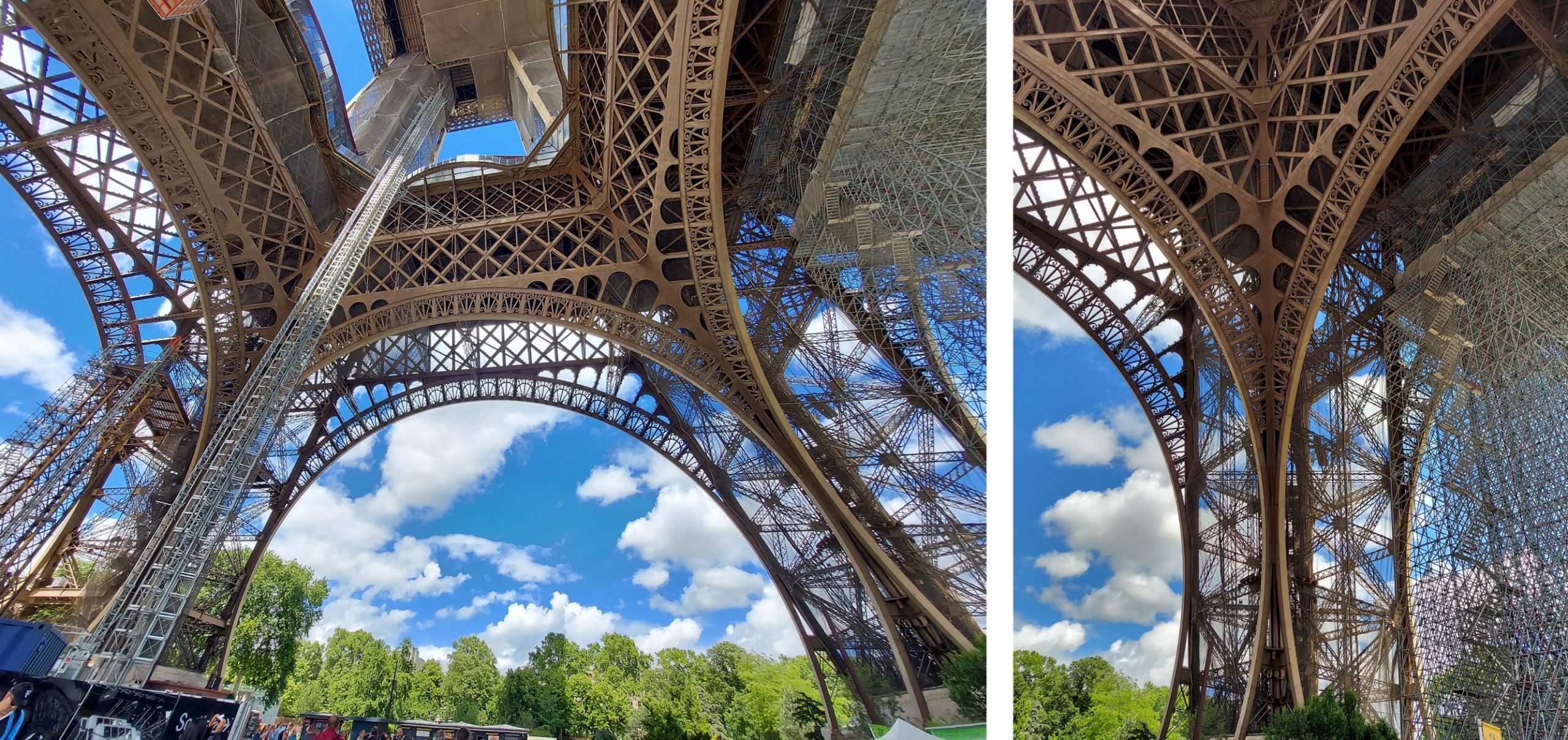
The only non-structural elements of the Eiffel Tower are the four lattice arches, added for aesthetic reasons at the supports of the tower. Although, when seen up close, the lattices give a certain sense of chaos.
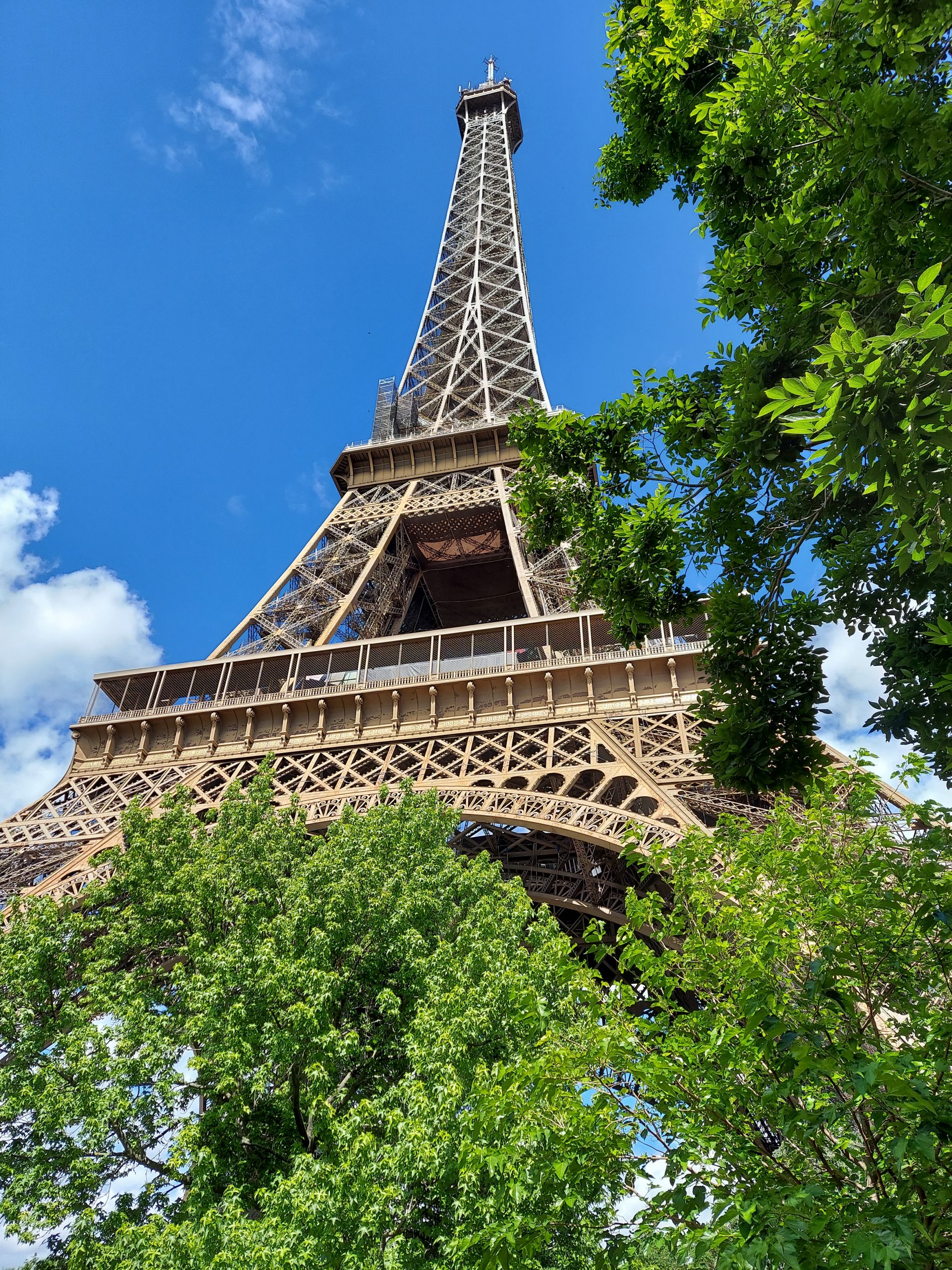
The Eiffel Tower is painted in three tones, with the lightest at the top and getting progressively darker towards the bottom. Of course, the effect of the color will depend on what time of day it is observed and whether or not it is cloudy. It was originally reddish brown, but in 1968, it was changed to a bronze color known as “Eiffel Tower Brown”. Maintenance of the tower includes the application of 60 tons of paint every seven years to prevent it from rusting. As of 2016, it has been completely repainted at least 19 times since it was built. Lead paints were applied until 2001, when the practice was discontinued for environmental reasons.
Elevators are an extremely important element in the construction of the Eiffel Tower for obvious reasons. It currently has a total of seven elevators: five between the street and the second level; and two others between the second and third levels. Throughout the history of the Eiffel Tower, the elevators have been modified several times to provide greater safety and increase its capacity. The tower had five hydraulic elevators when it was inaugurated in 1889.
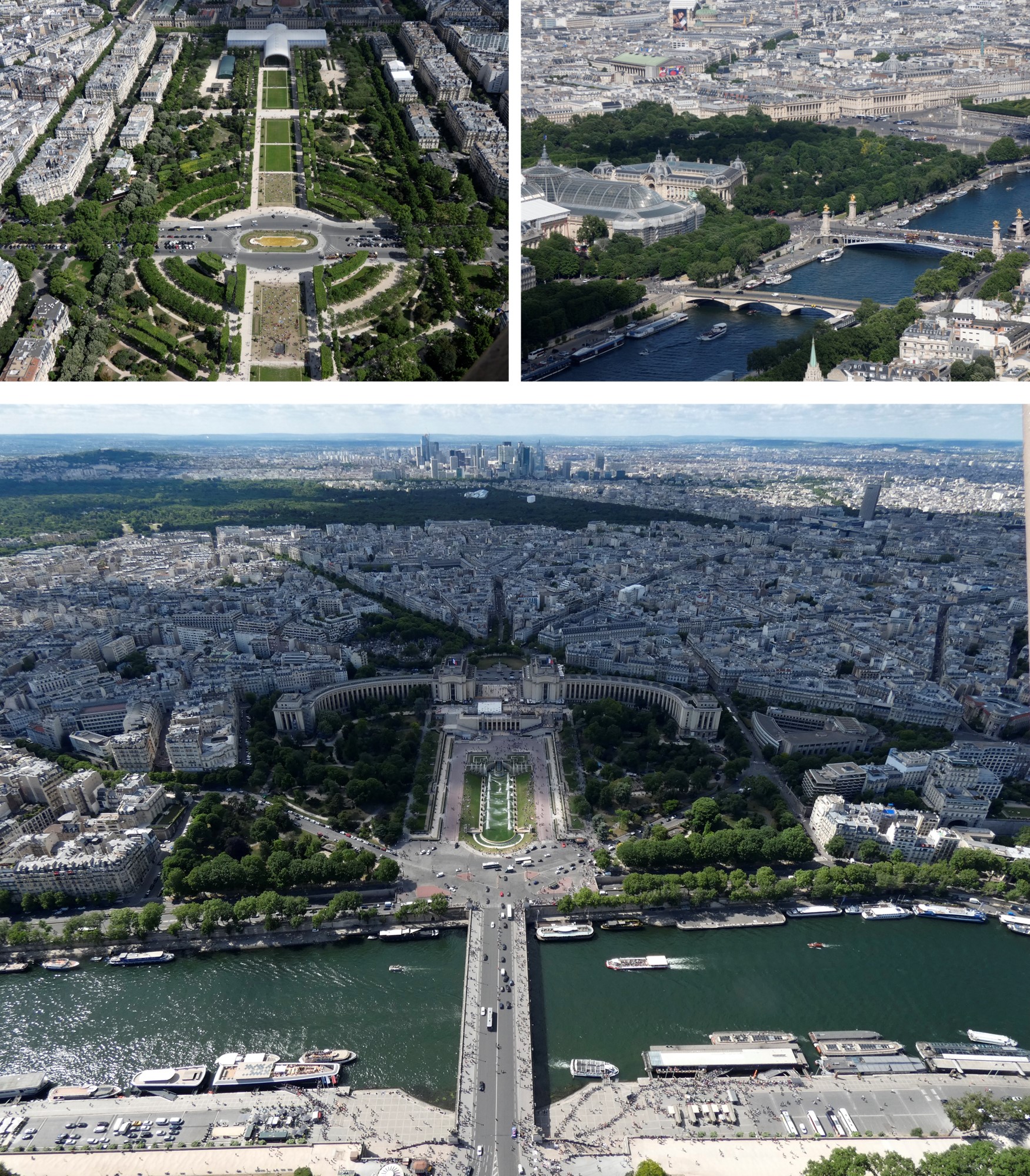
Once you reach the top level of the Eiffel Tower, it is hard to imagine how high you are and the panoramic views of the city of Paris that you can enjoy are unsurpassed.
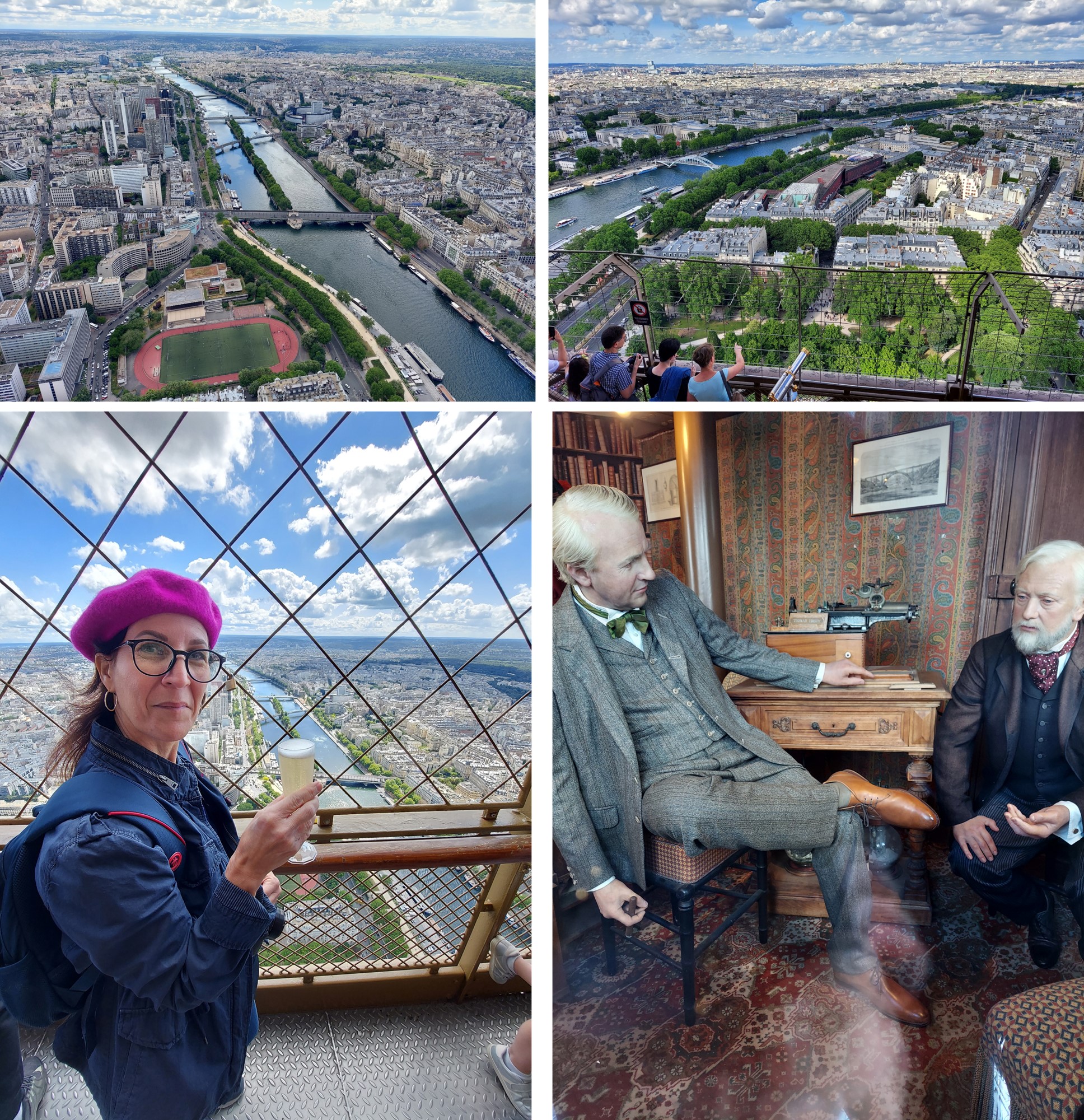
In addition, the glass of champagne is a must to celebrate this great experience. And you can even see a reconstruction of Gustave Eiffel’s office from the upper level (here with Thomas Alva Edison).
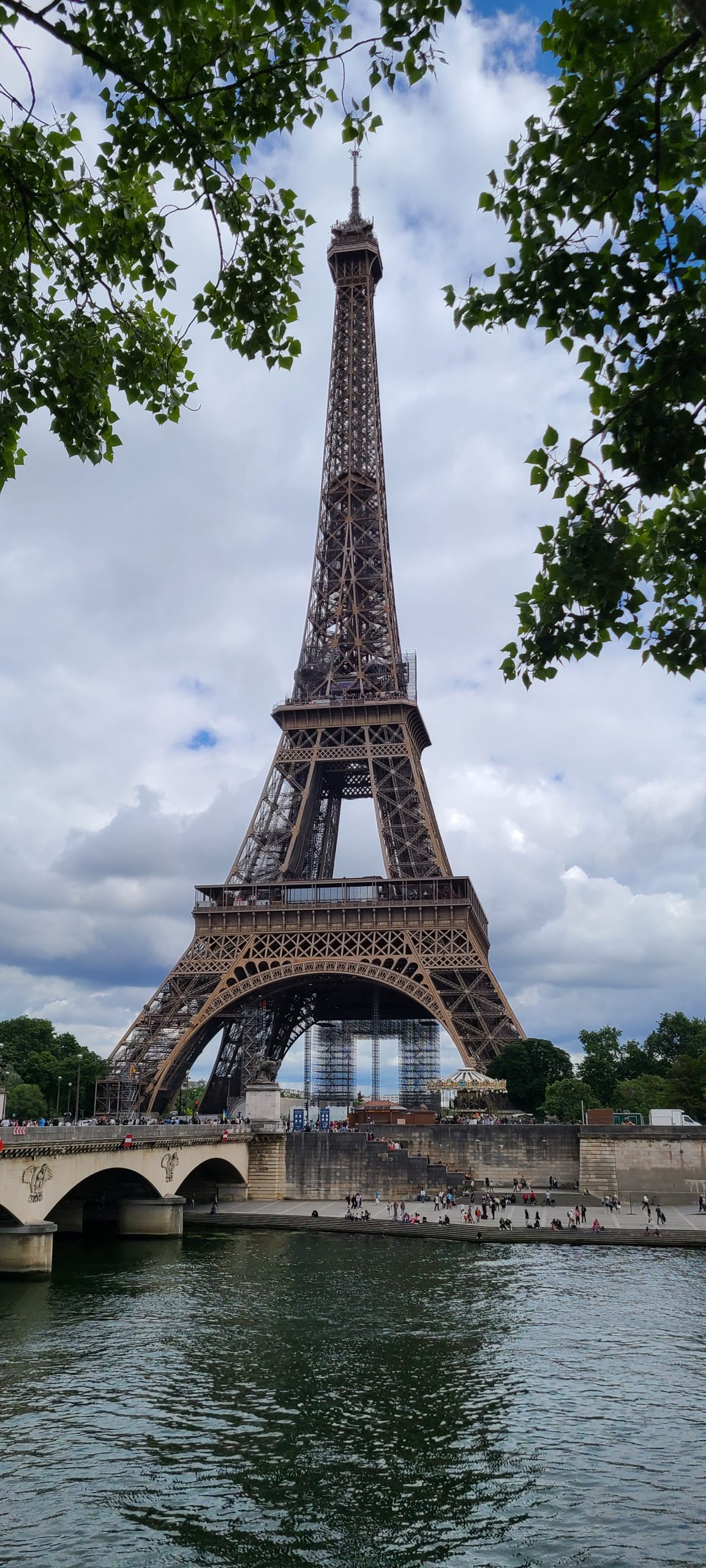
Since its inauguration in 1889, the Eiffel Tower already had three restaurants and an Anglo-French bar on the second floor. Until 1900, they were lit by gas lights. Today, it represents French gastronomic excellence, with several high quality restaurants.
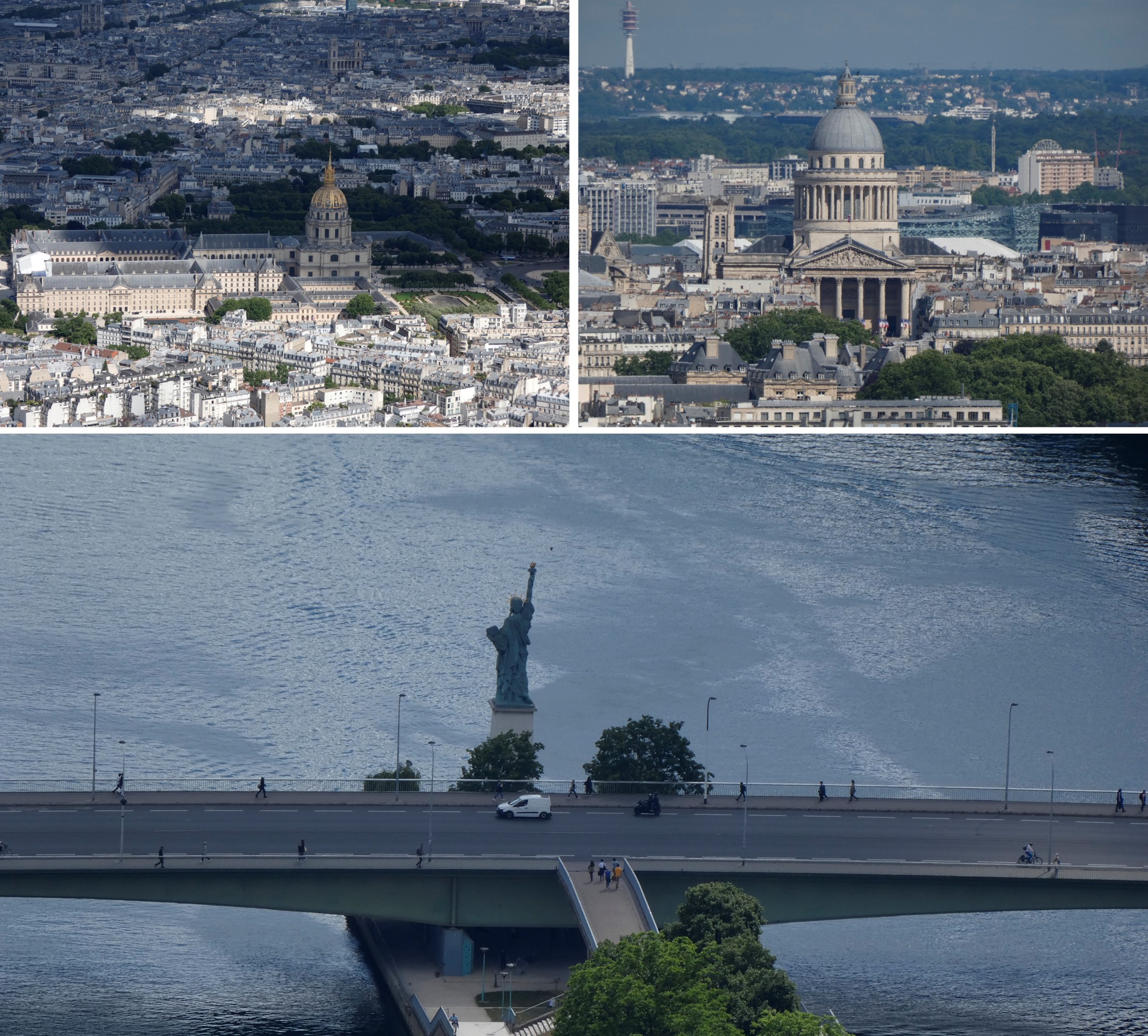
Resources:
https://es.wikipedia.org/wiki/Torre_Eiffel
https://www.paris.es/torre-eiffel
https://es.parisinfo.com/museo-monumento-paris/71062/La-tour-Eiffel
